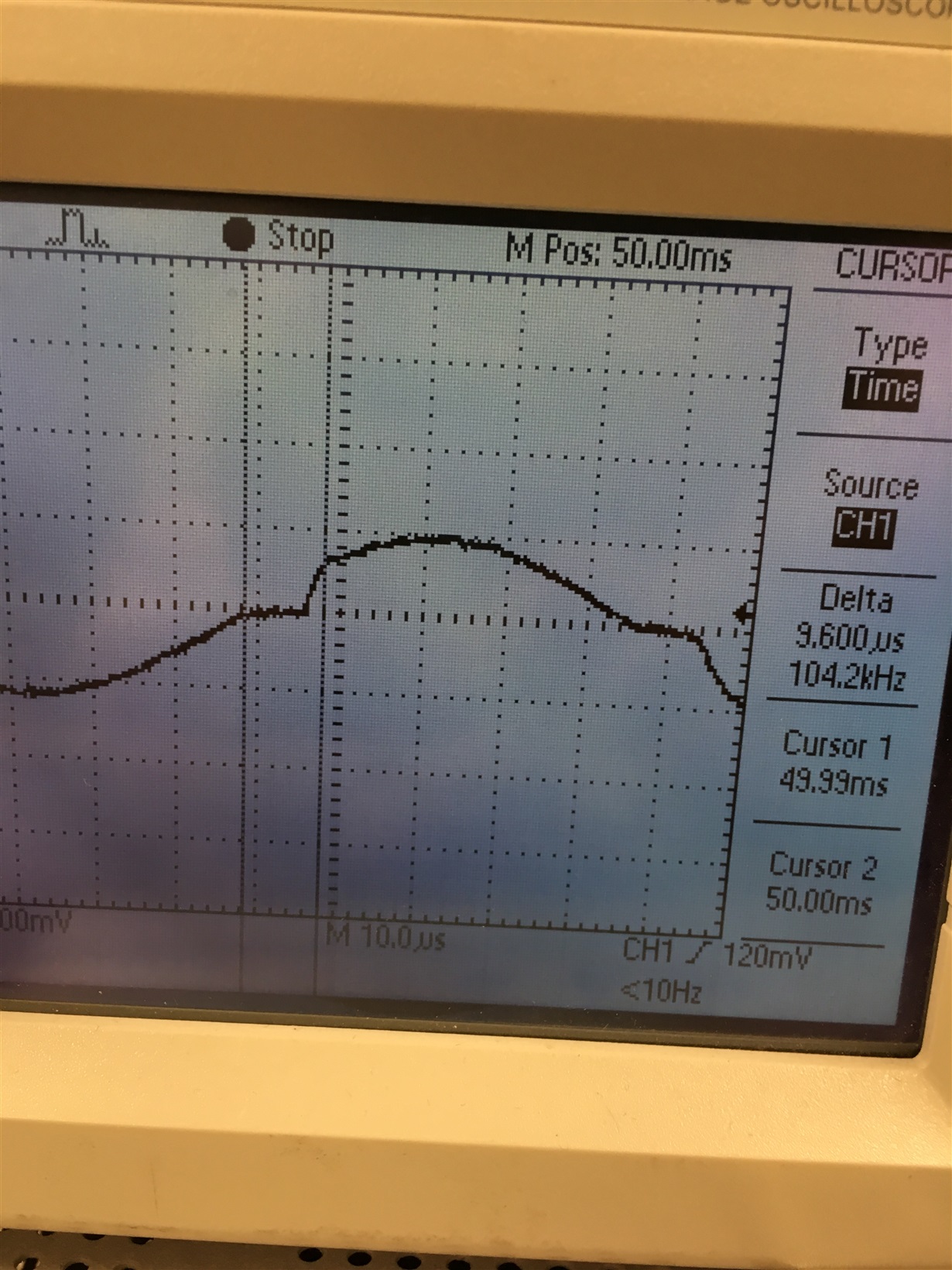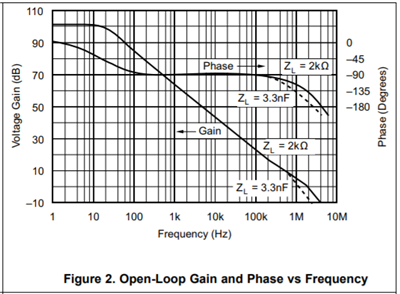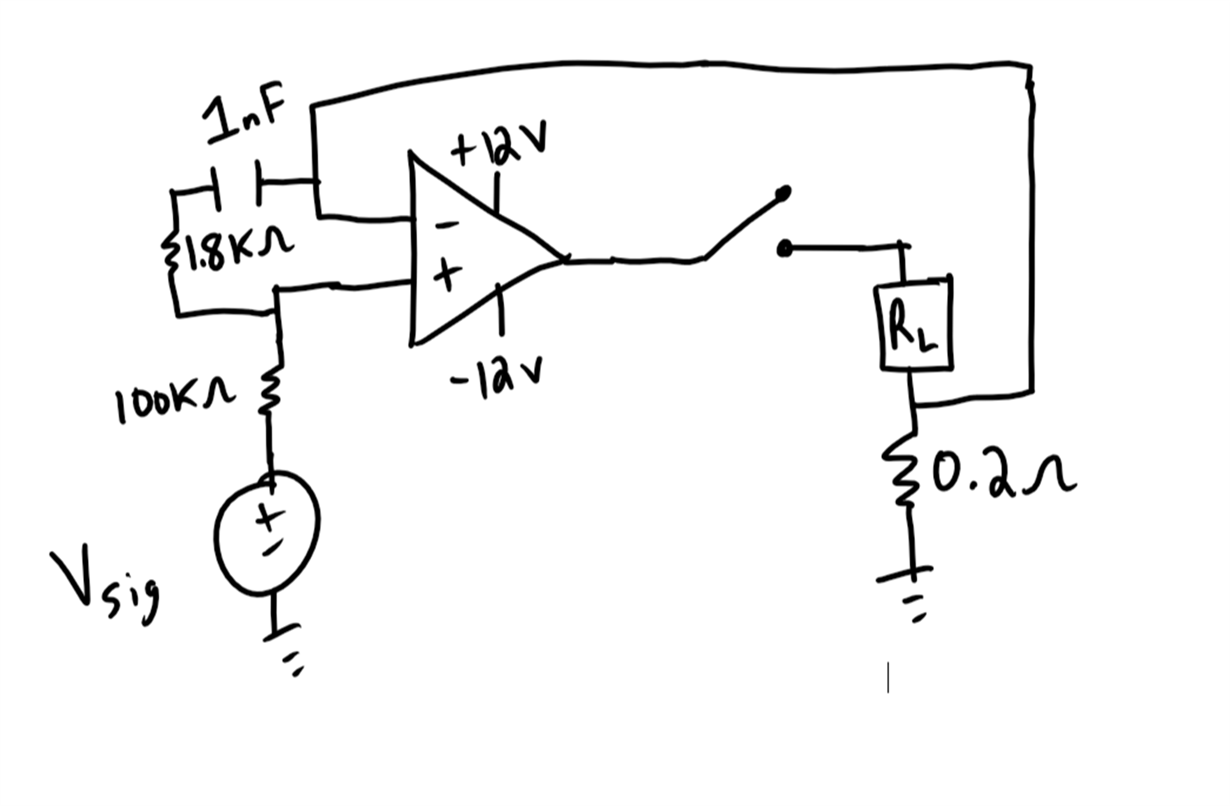Other Parts Discussed in Thread: LM675, OPA541
"I am currently using the OPA544 for a project which requires a high frequency sinusoidal output. It seems that this op amp has a “small hiccup” at the 0 crossing where I believe the transistors are switching. Does TI have a similar op amp that can switch at a faster rate which makes this hiccup effectively go away? I am wanting an op amp that can output at least 2A, but more would be better, I’m currently using +/- 12V rails for the supply. The sin wave I need to generate needs to be at least 20kHz, but I am hoping to be able to achieve over 1MHz."
LM675 was suggested as an alternative and new issues arose, please see below:
"Once again, I’m not sure what to call the characteristic for how long it takes the device to switch from positive to negative, so I’m not sure what to look for on the datasheet. Are you able to tell me if the OPA541 will have switching times in the nano second range? The LM675T takes about 2 us to switch over 0. It would be great to find something faster, the LM675T was also showing some odd behavior that I didn’t expect to see. When I ran the output through my DMM, it became un-usable and unstable, and large amount of distortion were put on my +in signal line? This behavior was simply not present when using the OPA544."
Any explanation as to the possible crossover distortion and instability taking place would be appreciated. As well, are there any part recommendations to fit the customers needs?
Below is the distortion taking place using OPA544.




